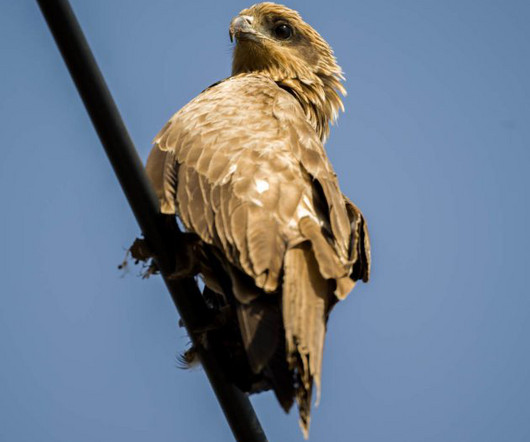The North American Model of Wildlife Conservation and Who Pays for It
10,000 Birds
DECEMBER 17, 2014
But the tenets of the North American Model were developed in the 19th century, when wildlife ethics and science were a mere glimmer of what we understand today. The system was intended as a hunter-centric model, both guided by and benefitting consumptive interests. Consumptive & Non-consumptive Users.











Let's personalize your content